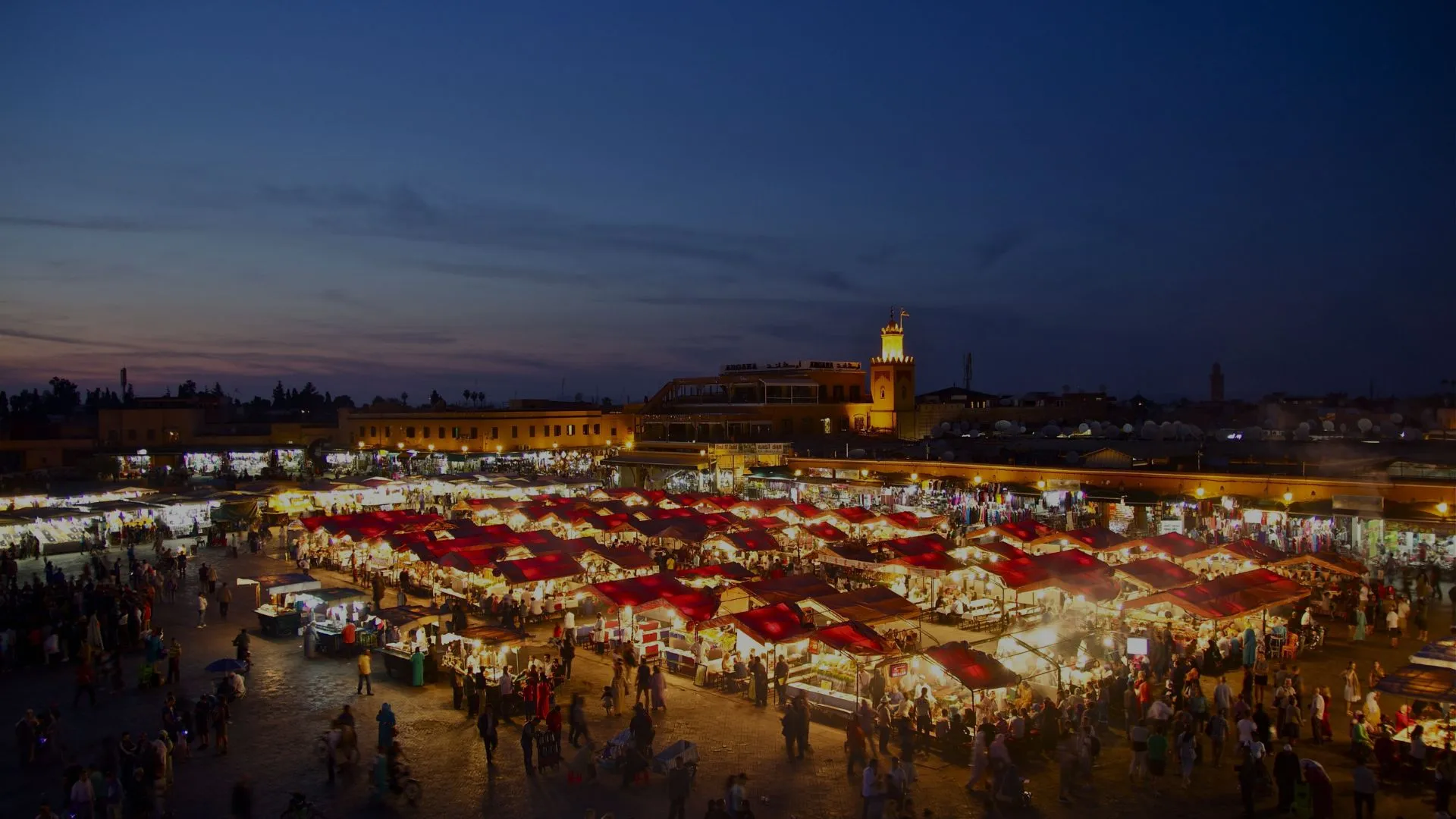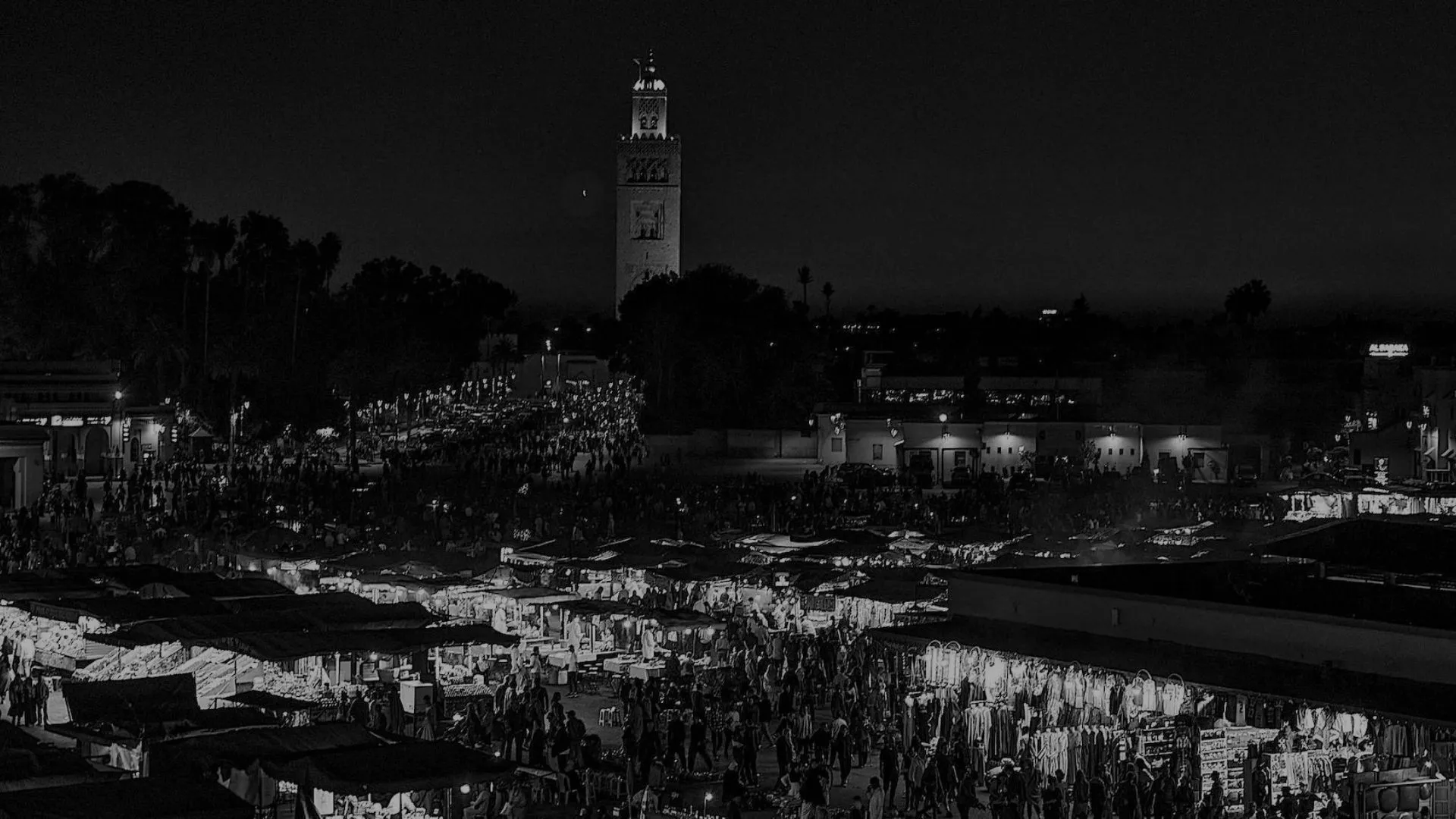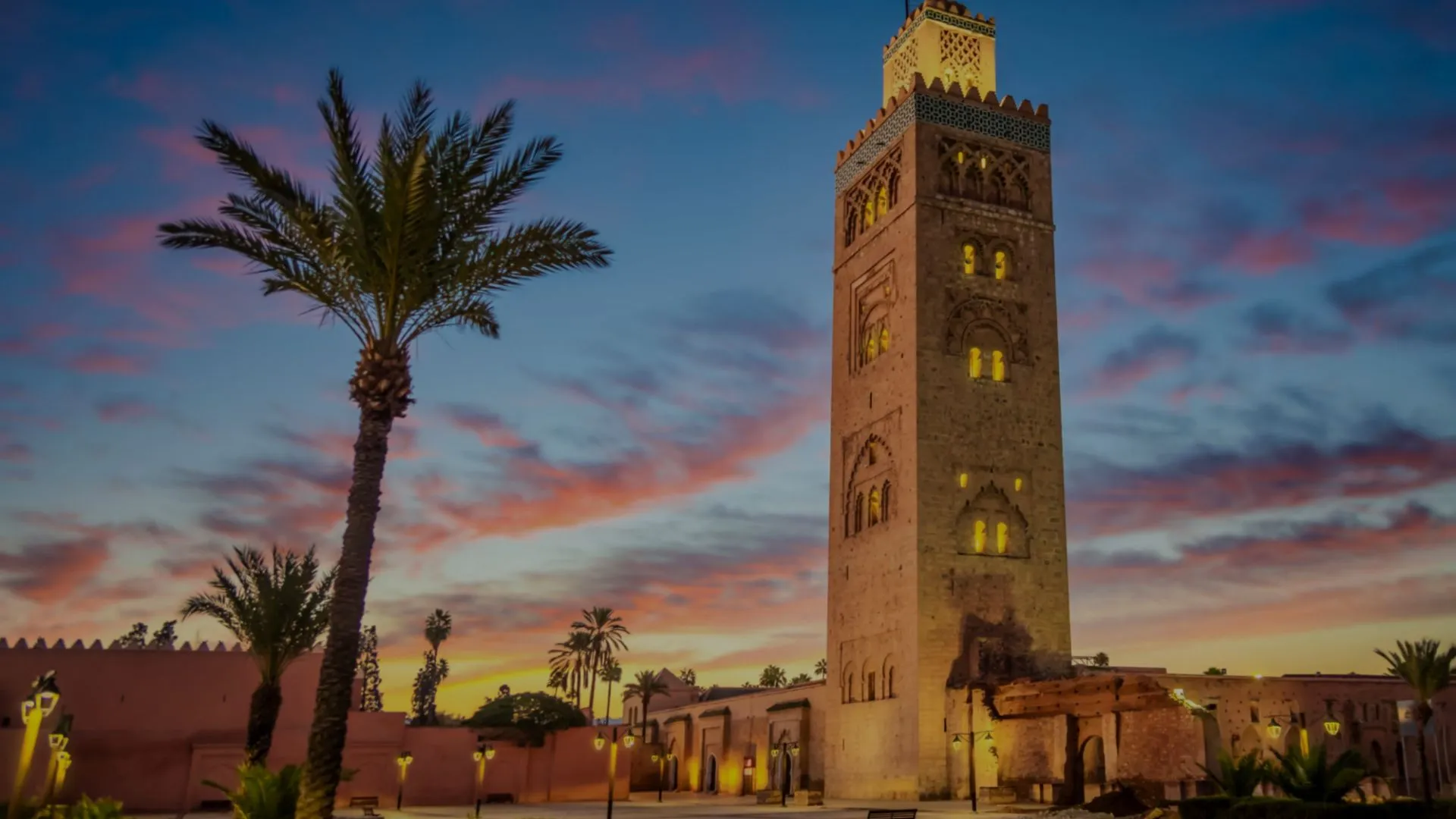Marrakesh: The Eternal Heartbeat of Morocco
Introduction
Marrakesh The Eternal Heartbeat of Morocco, the legendary Red City, stands as one of Morocco’s most iconic and magnetic destinations. Founded nearly a thousand years ago, it remains a vibrant testament to Morocco’s rich cultural, spiritual, and architectural heritage. Marrakesh is not merely a city; it is an immersive experience, a living museum where ancient traditions meet modern sophistication. As a symbol of resilience and reinvention, Marrakesh continues to play a vital role in Morocco’s national identity and global appeal.
Table of Contents
ToggleNestled at the foot of the Atlas Mountains, Marrakesh has long enchanted travelers, scholars, and artists with its labyrinthine alleys, majestic palaces, and bustling souks. This article explores Marrakesh through a historical, cultural, and modern lens, offering unmatched insight into what makes this city the eternal heartbeat of Morocco.
A City Born from Empire
Marrakesh was founded in 1070 CE by Abu Bakr ibn Umar, a leader of the Almoravid dynasty, as a military and religious capital. Constructed in the arid plains of Haouz, the city quickly grew into a major political, cultural, and commercial hub. The Almoravids built walls, mosques, and irrigation systems that set the foundation for centuries of growth.
Under the Almohads, Marrakesh became the capital of a vast empire stretching from present-day Senegal to Spain. The dynasty expanded the city’s religious and civic infrastructure, including the construction of the majestic Koutoubia Mosque, which still dominates the skyline today.
The Saadian dynasty of the 16th century revived Marrakesh’s imperial role. They constructed the lavish El Badi Palace and the Saadian Tombs, reflecting the city’s renewed political and artistic importance.
The Red City’s Architectural Tapestry
Marrakesh is often called the “Red City” due to the blush-colored walls and buildings made from red sandstone and clay. Its architectural legacy is a blend of Amazigh, Arab, Andalusian, and Saharan styles.
The Koutoubia Mosque, an Almohad masterpiece, remains a spiritual and architectural reference point. The Bahia Palace, constructed in the 19th century, showcases Moroccan craftsmanship with its intricate zellij (tilework), carved cedar ceilings, and serene gardens. Nearby, the ruins of El Badi Palace narrate a story of grandeur lost to time.
The city’s urban structure, especially the medina, is a UNESCO World Heritage Site. Its layout reflects Islamic urbanism: a focus on privacy, community, and organic development. Narrow alleyways, courtyard homes (riads), and communal spaces like hammams and mosques contribute to a tightly knit social fabric.

The Soul of the Medina
At the heart of Marrakesh lies the medina, a maze of history and daily life. The Jemaa el-Fnaa square is its pulsating core. By day, it hosts juice vendors, henna artists, and snake charmers. By night, it transforms into a cultural stage where Gnaoua musicians, storytellers (hlaykia), and street chefs mesmerize both locals and tourists.
The surrounding souks (markets) specialize in everything from spices and leather goods to lanterns and Berber rugs. Artisans maintain traditional techniques passed down through generations, ensuring that the city’s cultural production remains authentic and rooted.
Riads, traditional courtyard homes converted into guesthouses, provide an intimate glimpse into Moroccan domestic architecture. Many are restored with period-accurate detailing, offering tranquil retreats from the medina’s energetic pace.
Gardens, Palaces, and Tranquility
Marrakesh offers moments of respite through its historical gardens. The Majorelle Garden, once owned by French painter Jacques Majorelle and later restored by Yves Saint Laurent, combines Art Deco elements with exotic flora. Its electric blue buildings and cacti-lined paths attract millions annually.
The Menara and Agdal Gardens, dating back to the 12th century, are marvels of medieval hydraulic engineering. These spaces were designed not just for leisure but as agricultural estates, using qanats (subterranean channels) to irrigate olive groves and orchards.
Each garden and palace serves as a sanctuary where the elements of water, shade, and geometry harmonize to create spiritual and aesthetic serenity—an essential aspect of Islamic garden design.
Marrakesh as a Cultural Nexus
Marrakesh is Morocco’s cultural epicenter. The city hosts several internationally acclaimed events, including the Marrakesh Popular Arts Festival, which celebrates traditional Moroccan music, dance, and oral storytelling. The Marrakesh International Film Festival attracts global filmmakers and positions the city as a beacon of cinematic creativity.
Cultural institutions such as the Museum of Moroccan Arts (Dar Si Said), the Museum of Photography, and the contemporary MACAAL enrich the city’s museum landscape. These institutions preserve and reinterpret Morocco’s heritage for future generations.
Culinary culture in Marrakesh is equally vibrant. From traditional dishes like tangia and couscous to modern fusions presented in rooftop restaurants, the city’s food scene reflects both heritage and innovation.

Modern Marrakesh: A City in Transformation
While rooted in history, Marrakesh embraces modernity. The district of Gueliz, developed during the French Protectorate, exemplifies early 20th-century urban planning with its wide boulevards and art deco architecture. Today, it is a bustling area filled with boutiques, cafés, and galleries.
Major infrastructural investments, such as the Marrakesh Menara Airport and high-speed rail connections, have elevated the city’s role in international tourism. Eco-friendly hotels, solar energy projects, and sustainable urban planning initiatives reflect the city’s environmental consciousness.
The luxury tourism sector, featuring five-star resorts and golf courses, coexists with efforts to promote cultural tourism and protect the medina’s integrity.
7. Marrakesh in the Moroccan Identity
Marrakesh embodies the Moroccan spirit: a fusion of North African, Arab, Sub-Saharan, and Andalusian influences. It is also a spiritual center, with centuries-old zawiyas (Sufi lodges) and madrasas (Islamic schools) that continue to function as centers of learning and devotion.
The city’s Amazigh roots remain deeply embedded in its identity. From the Amazigh language spoken in the streets to the motifs in crafts and architecture, Marrakesh honors its indigenous heritage.
Its vibrant public life, respect for tradition, and openness to the world make it a mirror of the Moroccan national soul.
8. Marrakesh in the Eyes of the World
Over centuries, Marrakesh has drawn intellectuals, diplomats, and artists. Winston Churchill painted the city’s landscapes; Yves Saint Laurent found inspiration in its streets; Paul Bowles and other writers romanticized its chaos and mystique.
Today, Marrakesh appears in films, literature, and international media as a symbol of exoticism and elegance. But beyond the clichés lies a city of profound historical depth, community resilience, and cultural sophistication.
It is not simply a destination—it is a muse, a workshop, a crossroads.
Conclusion
Marrakesh is a city that refuses to be frozen in time. While deeply respectful of its past, it continuously evolves, harmonizing ancient wisdom with contemporary aspirations. It stands as a beacon of Moroccan cultural vitality—a city where the call to prayer blends with the beat of drums in Jemaa el-Fnaa, where medieval palaces coexist with art galleries and festivals.
To visit Marrakesh is to witness the heartbeat of a nation. To write about it is to begin a conversation that never truly ends.

